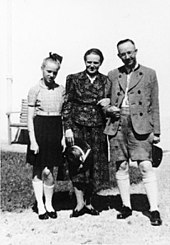
Heinrich Luitpold Himmler was a German politician who was the 4th Reichsführer of the Schutzstaffel, a leading member of the Nazi Party of Germany, and one of the most powerful men in Nazi Germany, primarily known for being a main architect of the Holocaust.
Himmler is a German surname. Notable people with the surname include:
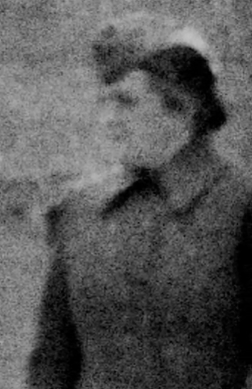
Johanna Langefeld was a Nazi German guard and supervisor at three Nazi concentration camps: Lichtenburg, Ravensbrück, and Auschwitz. She was arrested and imprisoned for her role in the Holocaust, but she escaped prison and was never tried.
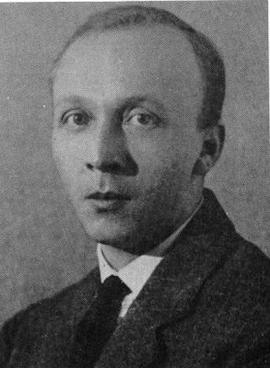
Erhard Heiden was an early member of the Nazi Party and the third commander of the Schutzstaffel (SS), the paramilitary wing of the Sturmabteilung. He was appointed head of the SS, an elite subsection of the SA in 1927. At that time the SS numbered fewer than a thousand men and Heiden found it difficult to cope under the much larger SA. Heiden was not a success in the post, and SS membership dropped significantly under his leadership. He was dismissed from his post in 1929, officially for "family reasons". He was arrested after the Nazis came to power in 1933 and executed that same year.

Karl August Hanke was an official of the Nazi Party (NSDAP) during its rule over Germany who served as the fifth and final Reichsführer of the Schutzstaffel (SS). He also served as Gauleiter of Gau Lower Silesia from 1941 to 1945 and as Oberpräsident of the Prussian Province of Lower Silesia. Captured on 6 May 1945, he was shot and wounded during an escape attempt and then beaten to death by Czech guards on 8 June, after the war had ended.

The Posen speeches were two speeches made by Heinrich Himmler, the head of the SS of Nazi Germany, on 4 and 6 October 1943 in the town hall of Posen (Poznań), in German-occupied Poland. The recordings are the first known documents in which a member of the Hitler Cabinet spoke of the ongoing extermination of the Jews in extermination camps. They demonstrate that the German government wanted, planned, and carried out the Holocaust.
Anton Malloth was a supervisor in the "Kleine Festung" part of the Theresienstadt concentration camp.
Die Stille Hilfe für Kriegsgefangene und Internierte, abbreviated Stille Hilfe, is a relief organization for arrested, condemned and fugitive SS members, similar to the veterans' association HIAG, set up by Helene Elisabeth Princess von Isenburg (1900–1974) in 1951. The organization has come under criticism for its encouragement and support of neo-Nazis. It has also garnered a reputation for being shrouded in secrecy and thus remains a source of speculation.
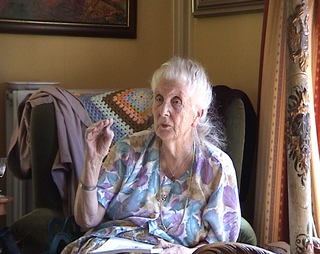
Florentine Sophie Rost van Tonningen was the wife of Meinoud Marinus Rost von Tonningen, the second leader of the National Socialist Movement in the Netherlands (NSB) and President of the National Bank during the German occupation (1941–1945). Because she continued to support and propagate the ideals of Nazism after World War II and the death of her husband, she became known in the Netherlands as the "Black Widow".

The Freikorps Oberland was a voluntary paramilitary organization that, in the early years of the Weimar Republic, fought against communist and Polish insurgents. It was successful in the 1921 Battle of Annaberg and became the core of the Sturmabteilung (SA) in Bavaria while several members later turned against the Nazis.

Edda Carin Wilhelmine Göring was the only child of German politician, military leader, and leading member of the Nazi Party Hermann Göring, by his second marriage to the German actress Emmy Sonnemann.

Margarete Berta "Gretl" Berlinghoff was one of the two sisters of Eva Braun. She was a member of the inner social circle of Adolf Hitler at the Berghof. Gretl became the sister-in-law of Hitler following his marriage to Eva, less than 40 hours before the couple killed themselves.
The Politische Abteilung, also called the "concentration camp Gestapo," was one of the five departments of a Nazi concentration camp set up by the Concentration Camps Inspectorate (CCI) to operate the camps. An outpost of both the Gestapo and the criminal police (Kripo), the political department evolved into the most important of the five.
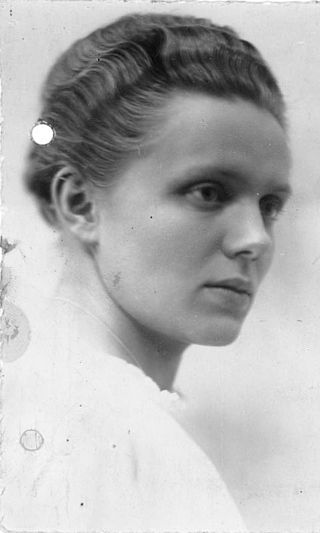
Margarete Himmler, also known as Marga Himmler, was the wife of Reichsführer-SS Heinrich Himmler.

Hedwig Potthast was the private secretary and mistress of Reichsführer-SS Heinrich Himmler, with whom she had two children.

Gebhard Ludwig Himmler was a German Nazi functionary, mechanical engineer and older brother of Reichsführer-SS Heinrich Himmler.

Ernst Hermann Himmler was a German Nazi functionary, electrical engineer and younger brother of Reichsführer-SS Heinrich Himmler.
Falk-Wolfgang Zipperer was a German jurist and librarian. Zipperer was one of Heinrich Himmler's closest friends.

Ernst-Heinrich Schmauser was a German Nazi Reichstag deputy and SS-Obergruppenführer who was the Higher SS and Police Leader (HSSPF) in Breslau during World War II. He was responsible for the death march from Auschwitz–Birkenau concentration camp, in which upwards of 25 percent of the prisoners were killed. In the last months of the war, he was captured by the Red Army and presumed killed.
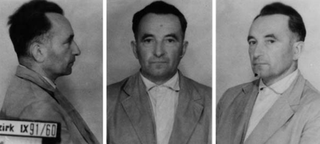
Horst Petri and Erna Petri were married Nazi war criminals during World War II.

